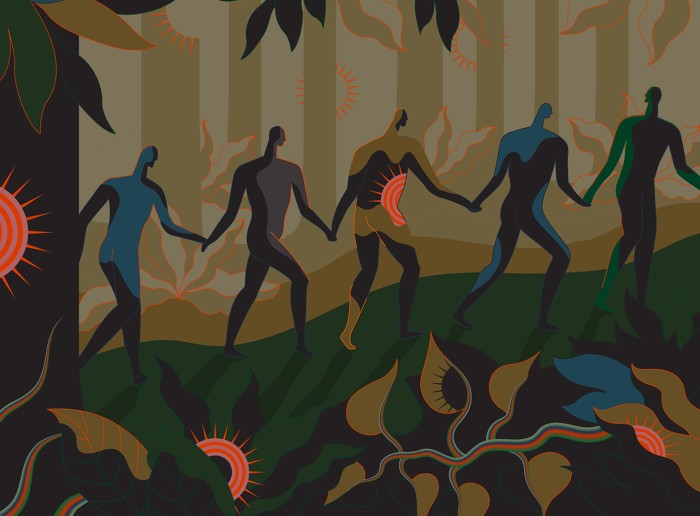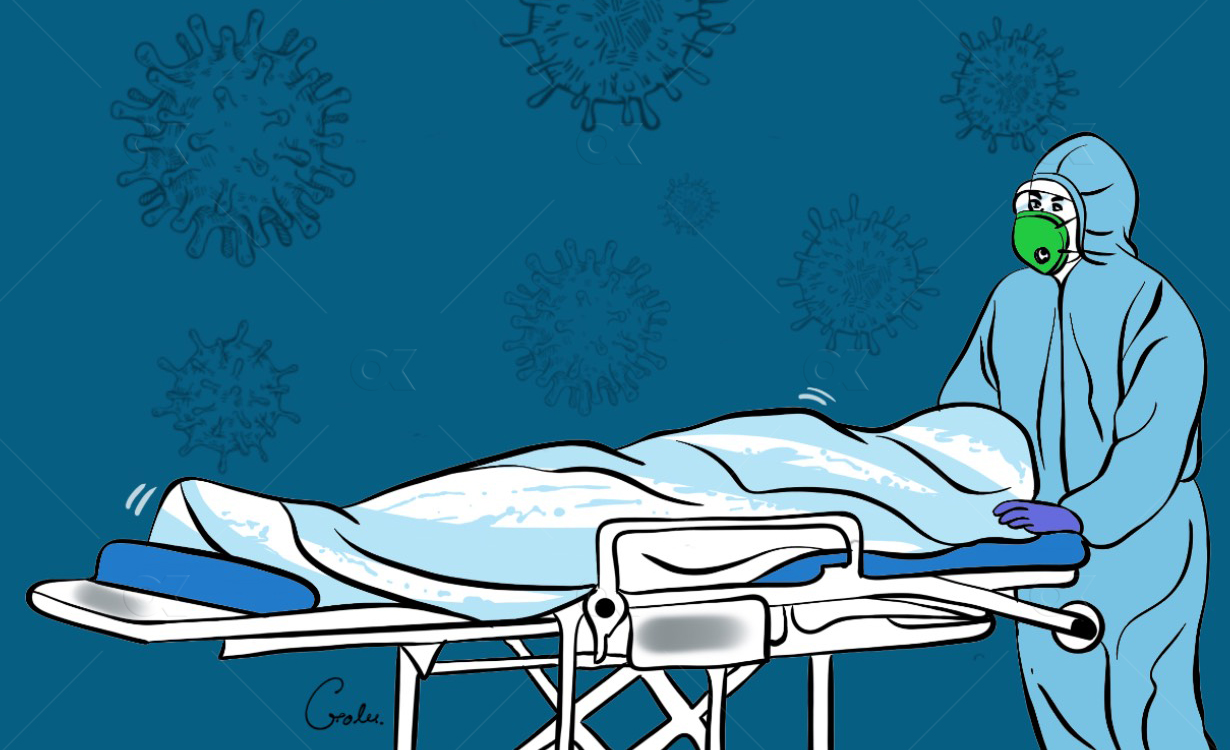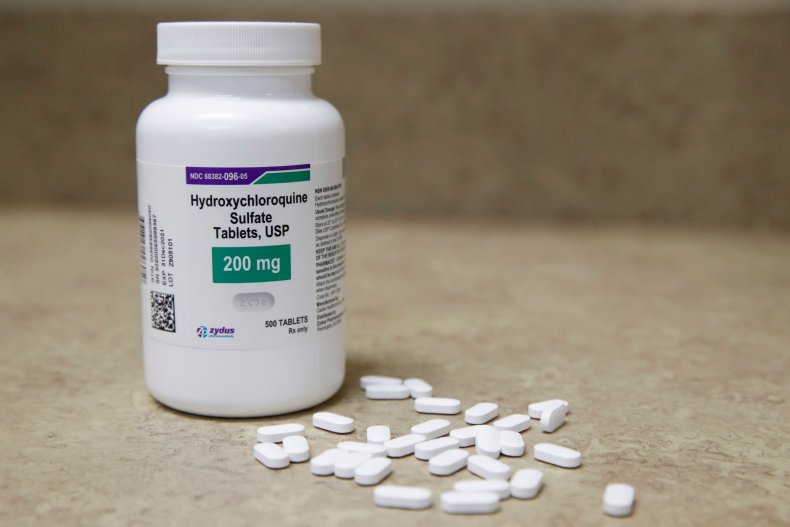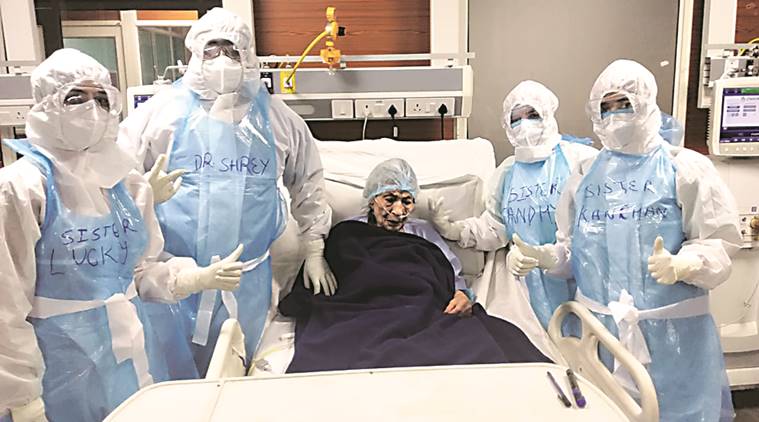
How the pandemic might play out in 2021 and beyond This coronavirus is here for the long haul — here’s what scientists predict for the next months and years. .......... June 2021. The world has been in pandemic mode for a year and a half. The virus continues to spread at a slow burn; intermittent lockdowns are the new normal. An approved vaccine offers six months of protection, but international deal-making has slowed its distribution. An estimated 250 million people have been infected worldwide, and 1.75 million are dead.
Two decades of pandemic war games failed to account for Donald Trump The scenarios foresaw leaky travel bans, a scramble for vaccines and disputes between state and federal leaders, but none could anticipate the current levels of dysfunction in the United States. ............. last year, leaders in the field ranked the United States top in the Global Health Security Index, which graded 195 countries in terms of how well prepared they were to fight outbreaks, on the basis of more than 100 factors. ............ Now, as COVID-19 cases in the United States surpass 4 million, with more than 150,000 deaths, the country has proved itself to be one of the most dysfunctional ........... some countries that hadn’t ranked nearly so high in evaluations, such as Vietnam, executed swift, cohesive responses. ........ Pandemic simulations first started gaining popularity in the 2000s. Biosecurity and public-health specialists took their cue from war-game exercises used by the military, in an effort to stress-test health systems, see what could go wrong and scare policymakers into fixing the problems. ........... 2017: A pandemic simulation takes place at the World Economic Forum meeting in Davos, Switzerland. ........ 2019: Event 201, a simulation of a novel coronavirus pandemic, is held in New York City. 2020: The SARS-CoV-2 pandemic kills more than 670,000 people in the first half of the year. ............ In January 2017, the World Bank and the Bill & Melinda Gates Foundation in Seattle, Washington, backed a pandemic simulation at the World Economic Forum in Davos, Switzerland — a gathering of global leaders in business, politics and academia. ........... In May 2018, with leaders in the White House and Congress who had never dealt with a major epidemic, Inglesby and his colleagues at Johns Hopkins University hosted an exercise in Washington DC called Clade X. It featured a respiratory virus that was engineered in a laboratory. One early lesson of this simulation was that travel bans didn’t stop the virus from gaining ground. Infections spread rapidly below the radar because half of the people infected showed few or no symptoms. Medical supplies ran short, and hospitals were overwhelmed. Federal and state leaders issued conflicting messages. More than 20 months passed before a vaccine was available. ................... Six top-line recommendations emerged from the exercise. These included reducing vaccine production time, and creating a “robust, highly capable national public health system that can manage the challenges of pandemic response”. ............. members of the biosecurity community have often focused on vaccines, rather than on the complex, systemic deficiencies in the public-health system. They often overlooked the “middle game” in outbreak responses. ............ insufficient attention is devoted to harnessing and coordinating enough health workers and biomedical resources to efficiently test people, treat them, find their contacts and quarantine them. This is precisely the conundrum that the United States finds itself in right now. ............. the discussion after the simulation focused on straightforward end-game strategies such as vaccine development, rather than the more complicated strengthening of the national public-health system. ............... muddling the response in the early months of an epidemic has catastrophic repercussions. .......... Confusion emerged in most pandemic simulations, but none explored the consequences of a White House sidelining its own public-health agency. ......... “You need gas in the engine and the brakes to work, but if the driver doesn’t want to use the car, you’re not going anywhere” ........ New Zealand, Taiwan and South Korea showed that it was possible to contain the virus .......... The places that have done well with COVID-19 had “early, decisive action by their government leaders” he says. Cameron agrees: “It’s not that the US doesn’t have the right tools — it’s that we aren’t choosing to use them.” .................. After more than 70 people in Taiwan died as a result of SARS in 2003, the government mapped out its emergency-response network. “Every year since then, for the past 17 years, they’ve held annual outbreak exercises and practised, practised, practised” .............. Despite its proximity to the outbreak, Taiwan has had only seven deaths from COVID-19 so far. ........... The daily number of new COVID-19 cases broke records throughout much of July, after many states attempted to reopen their economies. ........... restructuring health systems, empowering public-health leaders and ensuring that all components function in unison in the event of a crisis. ........... financial turmoil would last for years, or even a decade. But societal impacts — including loss of faith in government and the media — could last even longer.

Profile of a killer: the complex biology powering the coronavirus pandemic Scientists are piecing together how SARS-CoV-2 operates, where it came from and what it might do next — but pressing questions remain about the source of COVID-19. ......... Under electron microscopes, these viruses resembled the solar corona, which led researchers in 1968 to coin the term coronaviruses for the entire group. It was a family of dynamic killers: dog coronaviruses could harm cats, the cat coronavirus could ravage pig intestines. ......... genetic evidence suggests that it has been hiding out in nature possibly for decades. .............. “There will be more, either out there already or in the making” ......... With 30,000 genetic bases, coronaviruses have the largest genomes of all RNA viruses. Their genomes are more than three times as big as those of HIV and hepatitis C, and more than twice influenza’s. .......... Influenza mutates up to three times more often than coronaviruses do, a pace that enables it to evolve quickly and sidestep vaccines. But coronaviruses have a special trick that gives them a deadly dynamism: they frequently recombine, swapping chunks of their RNA with other coronaviruses. Typically, this is a meaningless trading of like parts between like viruses. But when two distant coronavirus relatives end up in the same cell, recombination can lead to formidable versions that infect new cell types and jump to other species ................ Estimates for the birth of the first coronavirus vary widely, from 10,000 years ago to 300 million years ago. Scientists are now aware of dozens of strains3, seven of which infect humans. ........... Among the four that cause common colds, two (OC43 and HKU1) came from rodents, and the other two (229E and NL63) from bats. The three that cause severe disease — SARS-CoV (the cause of SARS), Middle East respiratory syndrome MERS-CoV and SARS-CoV-2 — all came from bats. But scientists think there is usually an intermediary — an animal infected by the bats that carries the virus into humans. With SARS, the intermediary is thought to be civet cats, which are sold in live-animal markets in China. .................. SARS-CoV-2 — or a very similar ancestor — has been hiding in some animal for decades. ........ A neighbour’s cough that sends ten viral particles your way might be enough to start an infection in your throat, but the hair-like cilia found there are likely to do their job and clear the invaders. If the neighbour is closer and coughs 100 particles towards you, the virus might be able get all the way down to the lungs ........... the virus can also bypass the throat cells and go straight down into the lungs. Then patients might get pneumonia without the usual mild symptoms such as a cough or low-grade fever that would otherwise come first ............ SARS-CoV-2 can mix the transmissibility of the common cold coronaviruses with the lethality of MERS-CoV and SARS-CoV ................. SARS-CoV-2 can shed viral particles from the throat into saliva even before symptoms start, and these can then pass easily from person to person. SARS-CoV was much less effective at making that jump, passing only when symptoms were full-blown, making it easier to contain. ............ SARS-CoV-2 is much better at infecting people, but many of the infections don’t progress to the lungs. ........... And as with SARS-CoV, MERS-CoV and animal coronaviruses, the damage doesn’t stop with the lungs. A SARS-CoV-2 infection can trigger an excessive immune response known as a cytokine storm, which can lead to multiple organ failure and death. The virus can also infect the intestines, the heart, the blood, sperm (as can MERS-CoV), the eye and possibly the brain. Damage to the kidney, liver and spleen observed in people with COVID-19 suggests that the virus can be carried in the blood and infect various organs or tissues .............. The virus might be able to infect various organs or tissues wherever the blood supply reaches ............ First, the protein’s receptor-binding domain latches on to a receptor called ACE2, which sits on the surface of the host cell. ACE2 is expressed throughout the body on the lining of the arteries and veins that course through all organs, but it is particularly dense on the cells lining the alveoli and small intestines. ........... SARS-CoV-2 is so good at infecting the upper respiratory tract that there might even be a second receptor that the virus could use to launch its attack. ........ Like the four generally mild human coronaviruses, SARS-CoV-2 would then circulate constantly and cause mainly mild upper respiratory tract infections ........ OC43 was responsible for a pandemic that killed more than one million people worldwide in 1889–90 — an outbreak previously blamed on influenza. Today, OC43 continues to circulate widely and it might be that continual exposure to the virus keeps the great majority of people immune to it. ......... Many scientists are reserving judgement on whether the tamer coronaviruses were once as virulent as SARS-CoV-2. People like to think that “the other coronaviruses were terrible and became mild”, says Perlman. “That’s an optimistic way to think about what’s going on now, but we don’t have evidence.”
















